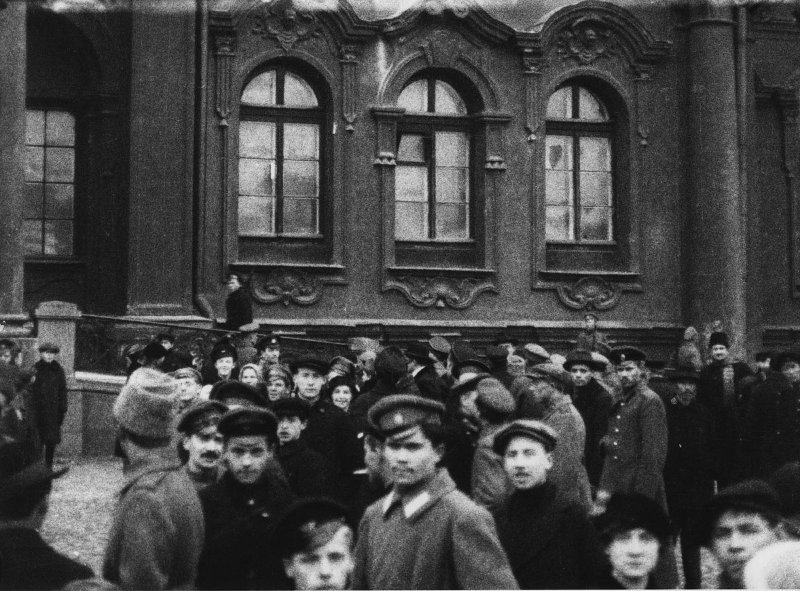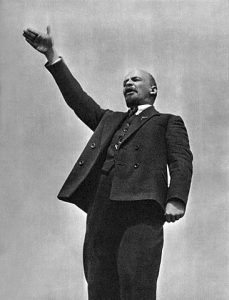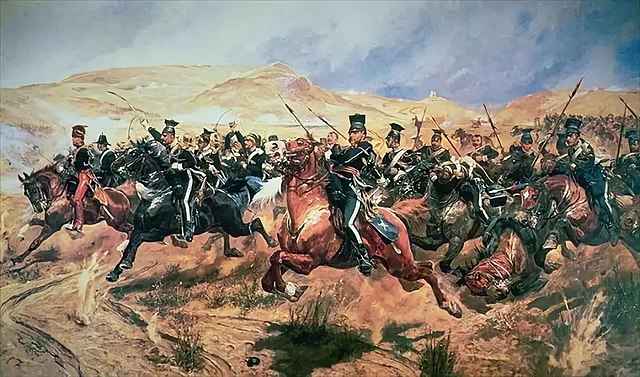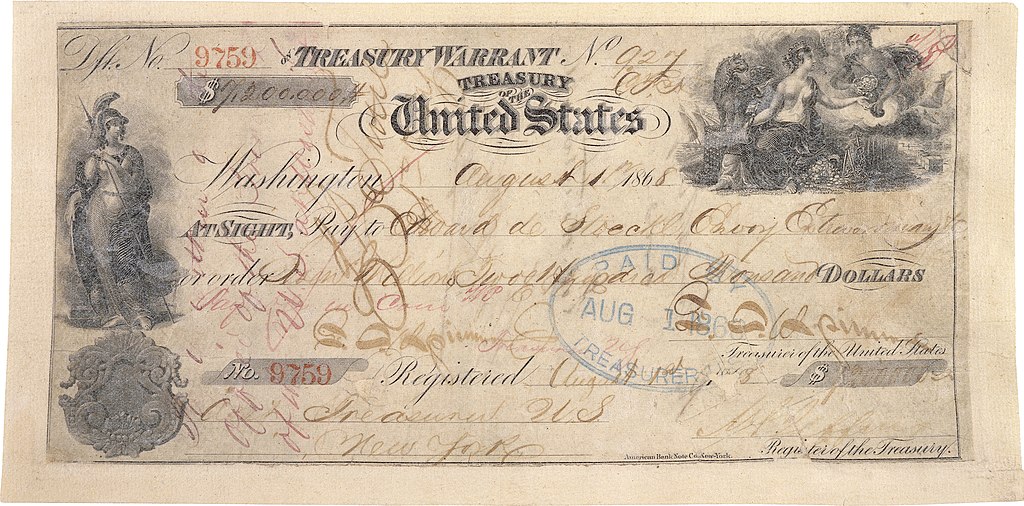
Public Domain
On 6 November 1917*, the Bolshevik Party led by Vladimir Lenin (real name Vladimir Ilich Ulyanov) launched a coup d’ Etat against the Russian provisional government. With their allies, the Bolsheviks occupied key government buildings in Petrograd (formerly St. Petersburg) and formed a new government within two days with Lenin heading the new state. Bolshevik Russia, later to be formally called Union of Soviet Socialist States, was the first Marxist state in history.
Russia had allied with Britain and France in fighting Germany and the Central Powers in World War I. The war had gone very badly for Russia. They had sustained massive casualties and the economy had been devastated by the war effort. Food and other necessities had become scarce leading to unrest. Troops had been demoralized by defeats and ineffective military leadership. With riots breaking out and unrest spreading, trust in Tsar Nicholas II had evaporated even among the ruling class. He was forced to abdicate on 15 March 1917 (called the February Revolution since it took place in February under the Julian calendar). A Provisional Government was put in place which shared power with councils of soldiers and workers committees. However, the new government choose to keep Russia in the war setting the state for the next phase.
Russia in the 19th and early 2oth centuries tried to portray itself as emulating Europe with its art, science, and music. However, this culture represented a small fraction of Russian society at the time. Three quarters of the population were agrarian and lived in a whole different world that had little or no contact with Western civilization. They were not all farmers, but land was important to each of the communities. They were tied to the Russian Orthodox Church and to the monarchy. Nor did they believe they were oppressed. They were not fertile ground for revolution as the they wanted to be like their wealthy neighbors.
Industrialization began late in Russia in the 1890’s. This helped form the social democracy movements that would arise the address this issue. Russia was moving fast and would soon acquire capitalism. Violence had failed to topple the regime (it actually made people turn against them) so the movements focused on peaceful and focusing on industrial workers. The goal was to first get rid of the aristocracy and create a weak government. Then the second goal was to overthrow this government and implement a socialist regime. The movement split into two factions: the Mensheviks who believed this could be achieved without violence and the Bolsheviks (Lenin’s group) who believed in revolution. The two factions would never reconcile.

Public Domain (Wikipedia)
Lenin was born in 1870 to a conservative family. His father was devout Orthodox and a school inspector. The high rank of his father qualified both him and his offspring for membership in hereditary nobility (this was not uncommon in old Russia). Many children during this time felt guilt over their status and became radical in college. Lenin’s brother Alexander was executed in 1887 for his involvement to assassinate Tsar Alexander III. Lenin’s sister got into trouble as well and went to prison. As the brother of an executed terrorist, Lenin was expelled from the University of Kazan. His anger and hatred at the regime that had executed his brother and imprisoned his sisters would drive him to want to bring it down.
He was able to attend school again in 1890 and obtained a law degree. Moving to Petrograd, he associated himself with revolutionary Marxist circles. He worked to organize Marxist groups and enlist workers. But in December 1895, he and other leaders were arrested and jailed. And then he was exiled to Siberia for three years. After that between 1900-1917, he would spend most of his time abroad working further develop his revolutionary ideals and fight those internally who opposed his goals.
One hurdle that Lenin had to overcome was standard Marxist doctrine that mandated stages in which the final revolution would take place. Russia was barely an industrial state compared to the West. Marx argued that you needed a “bourgeois” stage in order for the revolution to occur. Lenin argued this was unnecessary and that Russia was already in the throes of capitalism. This change would encourage revolutions much later in countries that had little or no industrial sector. He also formed alliances with groups he would not normally align with to bring about the revolution in Russia.
With the outbreak of World War I, Lenin opposed citing it as an imperialistic war. The abdication of Tsar Nicholas II opened the opportunity to take Russia out of the war. Germany allowed Lenin and his lieutenants passage through Germany in a sealed railway car from Switzerland to Sweden. The thinking was by allowing antiwar Socialists to Russia would help undermine the Russian war effort. Lenin immediately called for the overthrow of the Provisional Government and was called a German agent. He had to flee to Finland but the call for “peace, land, and bread” was very popular. And it resulted in the Bolsheviks getting more support and a majority in the Petrograd council (called soviet). He returned secretly to Petrograd on 6 November led the coup that overthrew the Provisional Government.
Aftermath
Lenin would the supreme leader of the first Marxist state in the world. Russia, despite objections from Britain and France, made peace with Germany. The new state would nationalize all industry and seized all land (the peasants had everything seized, including farming tools, and had to get permission from the commissar to do anything on their former farms). Civil war erupted in 1918 against Tsarist forces that ended in 1920 with their defeat. The Union of Soviet Socialist Republics (USSR) was proclaimed in 1922. The USSR did promote revolution activity in India and Afghanistan but were thwarted by British agents. Russia suffered a devastating famine from 1921-22 due to the Russian Revolution and Civil War. Russia had to accept help from European and American relief efforts to help alleviate the severe conditions the famine caused. When Lenin died in 1925, Stalin became leader and would remain so until 1953. The Communist regime did not fulfill the Marxian hope of government withering away to allow people the fullest possible freedom. Instead it became an oppressive totalitarian society complete with massive internal police to monitor its citizens. During Stalin’s tenure, the infamous purges and show trials took place. It was no joke to wonder if you might be picked up and never return home at the end of the day.
*Russia was still using the Julian calendar at this time, so it took place on October 25, 1917 in Russia. That is why it is also called the October Revolution.
Sources:
“Bolsheviks Revolt in Russia.” HISTORY, 9 Feb. 2010, www.history.com/this-day-in-history/bolsheviks-revolt-in-russia.
“Russian Revolution | Definition, Causes, Summary, History, and Facts.” Encyclopedia Britannica, 30 Oct. 2023, www.britannica.com/event/Russian-Revolution.
,,













